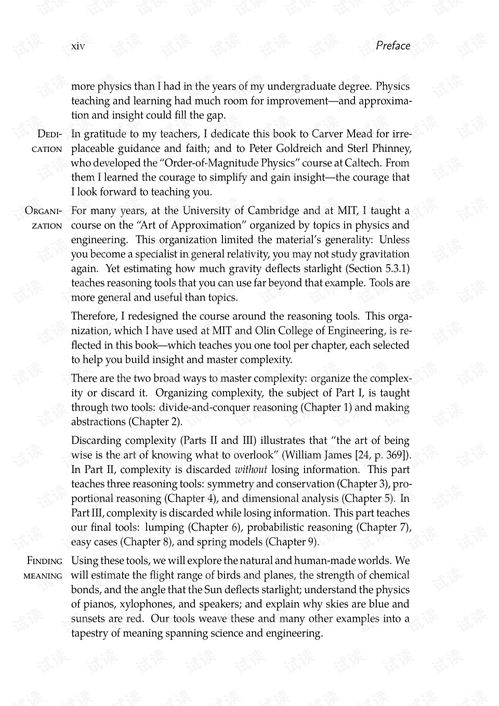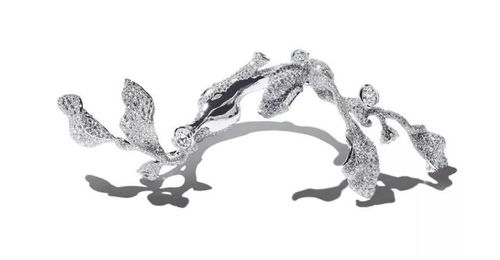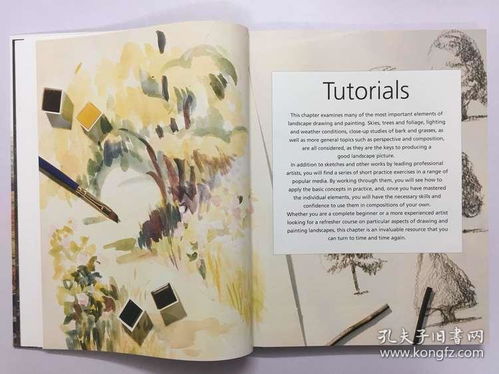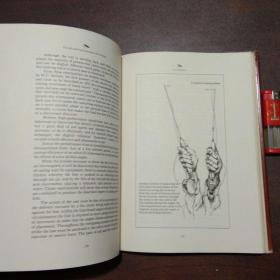Content:
Introduction: Are you a beginner angler looking to improve your fishing skills? Or perhaps you are an experienced angler seeking to refine your hook setting technique? Either way, mastering the art of hook setting is crucial for successful fishing. In this article, we will provide you with a comprehensive video guide on how to perfect the hook setting technique, ensuring that you catch more fish in no time.
Section 1: Importance of Hook Setting Technique Before diving into the details of the hook setting technique, it is essential to understand why it is crucial for your fishing success. A proper hook setting technique allows you to:

- Set the hook quickly and efficiently, ensuring that you do not miss a strike.
- Reduce the risk of losing fish during the hook-set, as it prevents them from escaping.
- Minimize harm to the fish, as a gentle and precise hook-set can reduce the stress on the fish.
Section 2: Basic Hook Setting Technique To master the hook setting technique, follow these steps:
- Keep your rod tip low and slightly pointed towards the fish.
- As the fish takes the bait, maintain a tight line and be prepared to set the hook.
- When you feel a solid bite, quickly and firmly press the button or trigger on your reel to engage the drag.
- Immediately after engaging the drag, pull the rod tip upwards in a quick, upward motion. This upward motion is what sets the hook into the fish's mouth.
- Keep the rod tip high and maintain pressure on the fish until it is safely in your hands.
Section 3: Advanced Hook Setting Techniques Once you have mastered the basic hook setting technique, you can explore more advanced methods to increase your chances of catching fish:
- Jigging Technique: For fishing in deeper waters or targeting bottom-dwelling fish, the jigging technique is effective. As the fish takes the bait, quickly pull the rod tip upwards and then let it fall back to its original position. This creates a darting motion that mimics the movement of a struggling fish.
- The Pause Technique: If the fish is not biting, try the pause technique. After casting your bait, allow it to settle on the bottom for a few seconds before reeling it in. This gives the fish time to inspect the bait and may trigger a strike.
- The Tug-and-Release Technique: When a fish takes the bait but does not fully commit, give it a gentle tug. This may encourage the fish to strike, as it feels resistance.
Section 4: Video Guide on Hook Setting Technique To help you visualize and practice the hook setting technique, we have compiled a video guide. This video covers the basic and advanced techniques, along with tips and tricks to improve your fishing experience. Watch the video and follow along to become a master angler in no time.
Conclusion: Mastering the hook setting technique is essential for any angler looking to improve their fishing skills. By following the steps outlined in this article and watching the video guide, you will be well on your way to becoming a proficient angler. Happy fishing!












